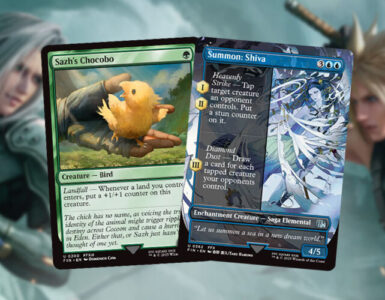The world of Final Fantasy XVI is now open for exploration, but some JRPG veterans may find it isn’t the easiest undertaking – and understandably so. Square Enix’s latest offers plenty of new gameplay features and mechanics, but the most prominent change is its shift to an action-RPG approach, which calls for a different kind of expertise.

Between chaining combos, managing skill cooldowns, combining various abilities, and commanding Torgal, protagonist Clive’s loyal canine fighting companion, there’s a lot to keep up with when the action kicks into high gear. Combat can, as such, become overwhelming at times, and the individual boss and mini-boss fights, with their increased difficulty, are likely to pose a daunting challenge.
Still, Final Fantasy XVI is designed to be accessible to genre newcomers, so there are some built-in options that ease the transition to new territory, such as a Story-Focused Mode and equippable accessories that simplify combat in some way – whether by executing dodges automatically, or assigning automatic commands to Torgal. But beyond that, it’s pretty much a learning experience, and here are seven tips you can check out to shine brighter in combat.
1) Master the precision dodge, and prioritise it over perfect parry
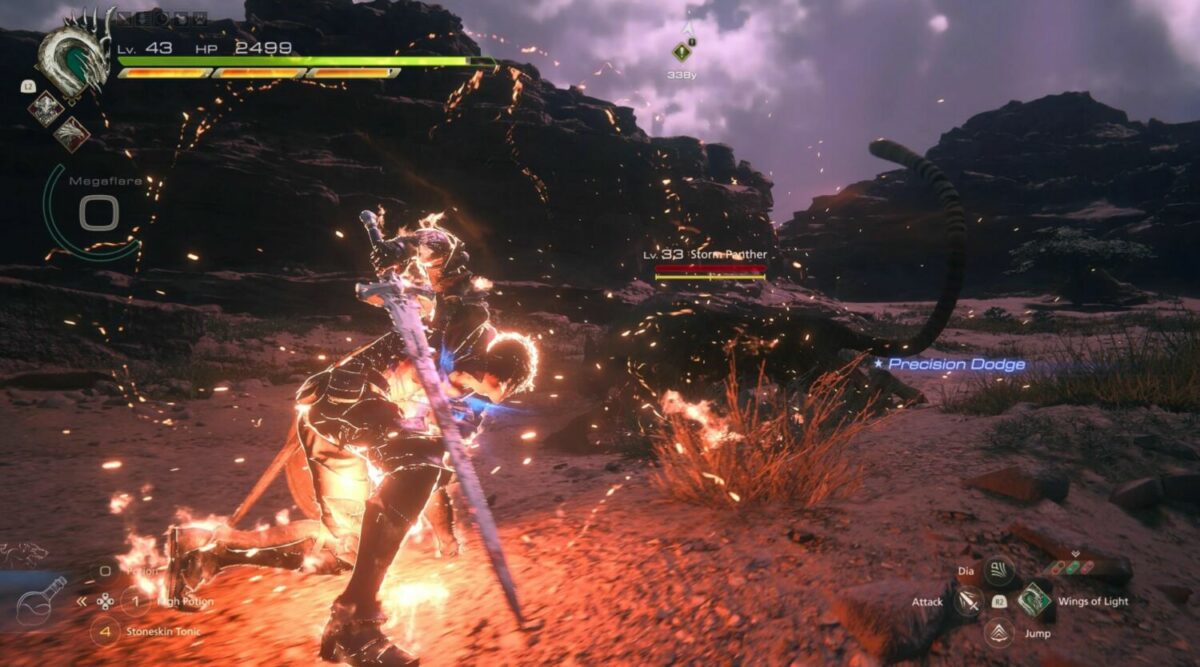
Precision dodge is your best weapon in Final Fantasy XVI, so it’s important to nail the timing for execution, particularly in hard-hitting boss encounters. Depending on the build and nature of the enemy (fast vs slow, far-reaching attacks vs close range), it’ll be easier to grasp the time window for some than the others. The key here is to use ranged attacks to observe and understand the attacking pattern and reel in the trigger finger, until the silver of opening appears.
To make the dodge more efficient, equip the Berserker Ring – rewarded for reaching 85 Renown, obtained through completing side quests – that temporarily increases attack proficiency with each precision dodge. Perfect parry is also an option in the game, but the lack of i-frames (a single frame, or some window of time otherwise, during which the player character is invincible and cannot be hurt) means players can still get hit in the middle of parrying or immediately after, which isn’t ideal.
2) Customise the loadout that best fits your fighting style
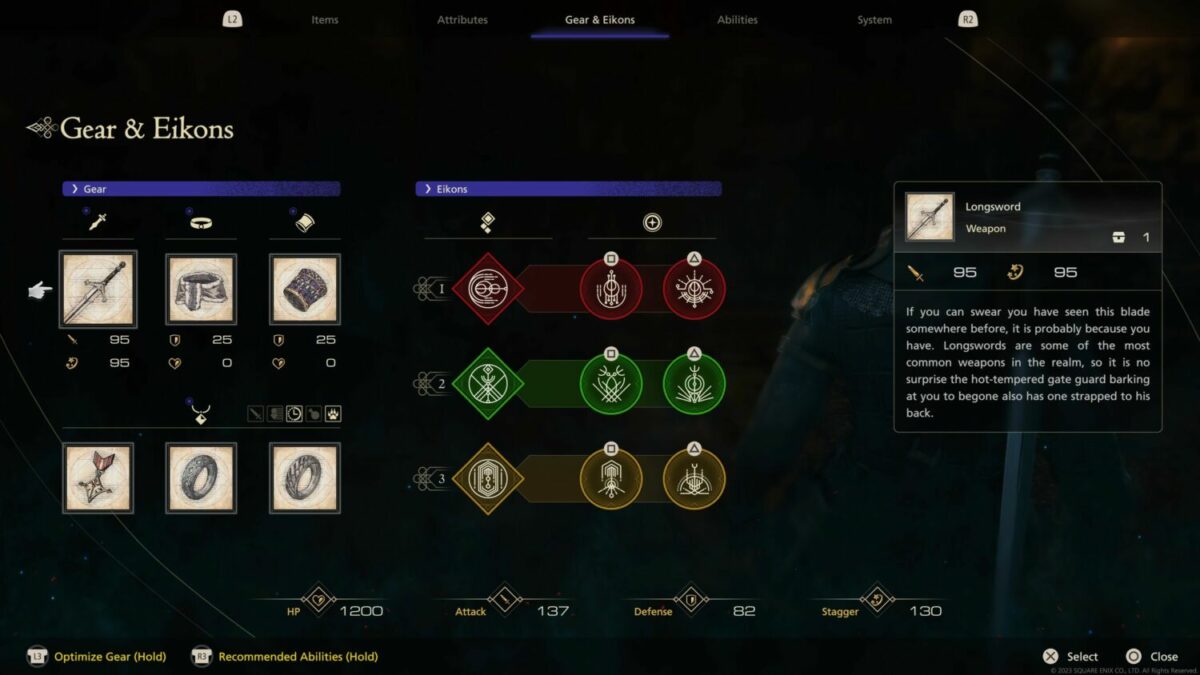
Final Fantasy XVI offers deep customisation, from combining move sets on the battlefield to upgrading abilities on the skill tree. Since Clive can equip three Eikon styles and two abilities from each at any one time, there’s a lot of room to play around with different configurations and combos. The training area, accessed via the Arete Stone, is particularly useful for such trial-and-error endeavours.
It should be noted that there isn’t a one-size-fits-all loadout, because it depends greatly on an individual’s play style. Defensive players, for instance, will likely favour Titan’s Titanic Block, which lets them pull off a powerful counter following a perfect block (the only Eikonic ability to feature a perfect block), while air combo enthusiasts may lean towards Garuda’s Deadly Embrace. From one highly aggressive player to another, abilities that allow Clive to close in on enemies (e.g. Phoenix’s far lunge and Phoenix Shift), crowd control / mobility skills (Shiva’s Cold Snap), and fast, heavy-hitting strikes (Odin’s Zentetsuken) are particularly useful.
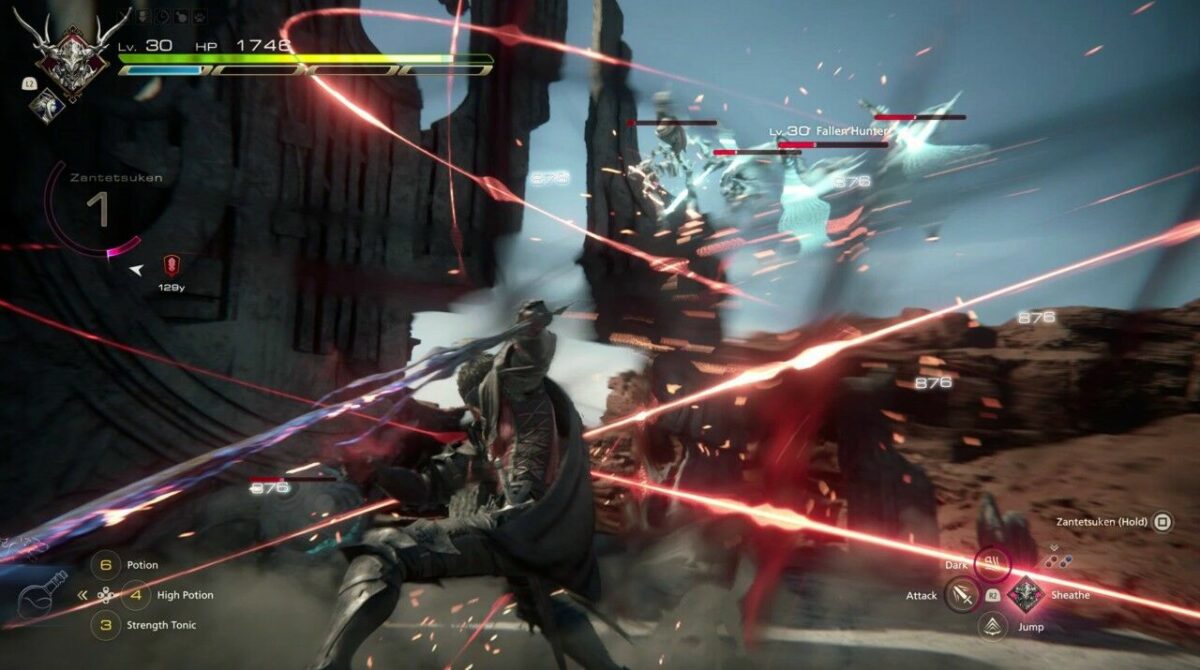
In general, understanding the strengths of each Eikon and their skills comes highly recommended, even if you aren’t necessarily a fan of a specific style. Ramuh’s kit does decent damage, with Blind Justice working wonders against a sea of weak enemies, whereas Deadly Embrace is great at singling out spellcasters that use healing or buffing spells. The mix-and-match flexibility gets an upgrade along the way, where certain amulets and skill mastery allows abilities to be equipped interchangeably, without being limited to just one Eikonic style or aspect.
3) Make use of the free respeccing
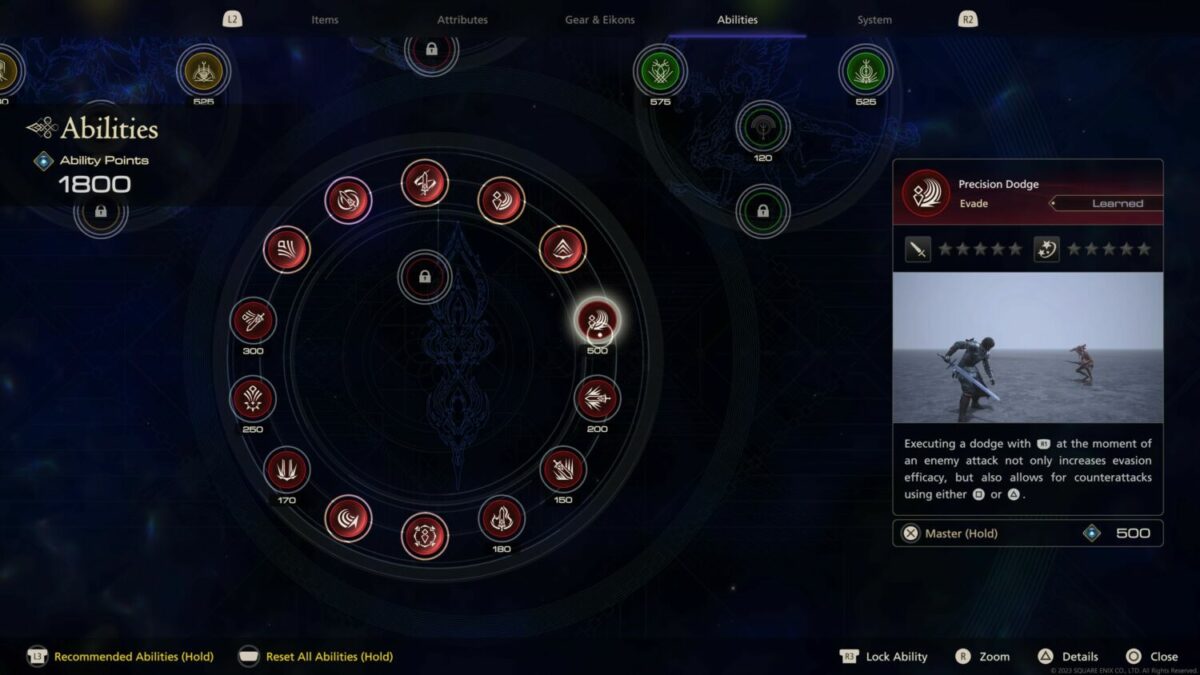
The process of customisation is made easier with free respeccing. Like most RPGs, the skill tree in Final Fantasy XVI offers a mix of cheap upgrades and expensive abilities that players can invest in, and eventually master.
Here, they are able to get their ability points back from any skill at any point – as long as they aren’t in combat – and re-distribute them as desired. This makes it very convenient to play around with different playstyles, though it’s not possible to max out all of the abilities in the first playthrough. A word of advice? It may be tempting to save up your points and unlock the skills with the highest costs, but it’d be better to upgrade and master existing ones first, then re-allocate the points later.
4) Distinguish between HP and Stagger damage

Every ability on the skill tree comes with two ratings: one for raw damage, and the other for Stagger potential. Despite the seemingly insignificant difference, knowing the best time to use them can actually make combat easier, as damage output can be maximised. Triggering abilities with high Stagger potential leads to faster depletion of the Stagger metre, which lands the chance to stack 150% damage modifiers with strong HP damage abilities. In contrast, activating moves that primarily deal Stagger damage when the opponent is already Staggered would be less effective.
This is especially handy in the first half of the game, where the pool of Eikonic abilities is still relatively scarce, and can be ignored as your play style evolves.
5) Craft upgraded weapons and increase potion potency
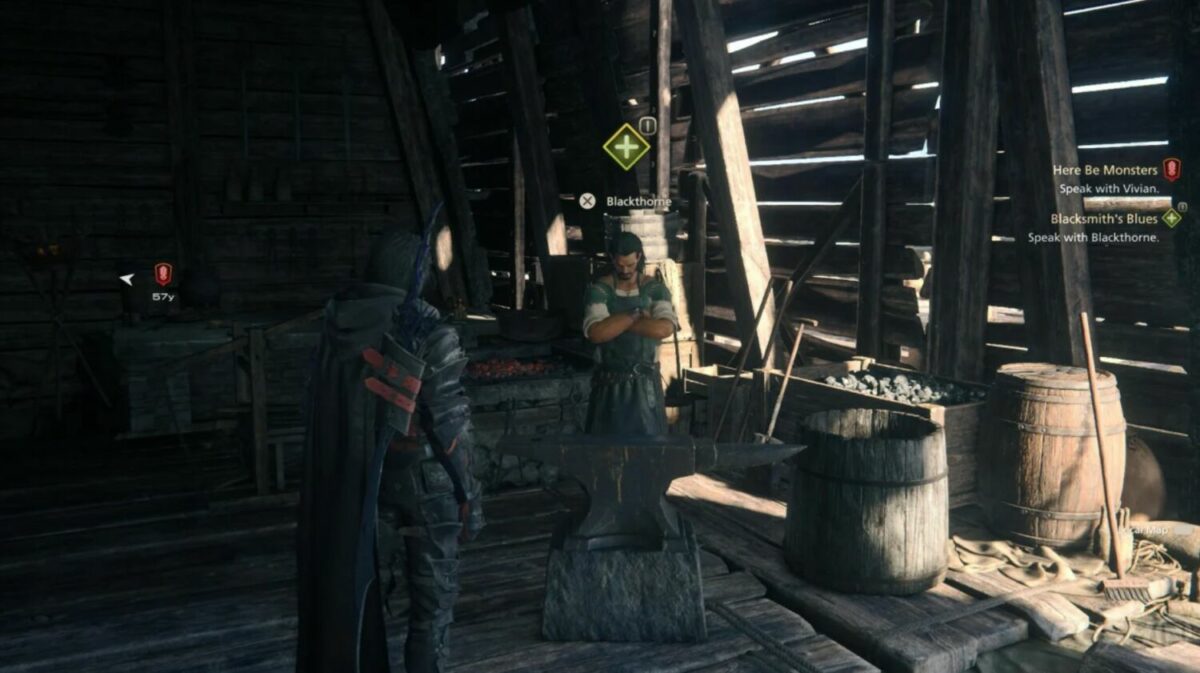
With a total of 76 side quests, it can be difficult to determine which ones are worth the extra time and effort. As a general rule of thumb, players should look out for quests involving the blacksmith, Blackthorne, and the head botanist, Nigel, because the completion rewards for these will prove very much useful in combat.
More specifically, finishing the Blacksmith’s Blues questline unlocks powerful craftable armour and weapons, while Nigel’s “The Root of the Problem” quest enhances potion potency. Do note that there are some prerequisites to accomplish before these side quests can be completed, with both potion capacity and potency able to be upgraded twice.
The equipment upgrade is crucial, because damage output and absorption in Final Fantasy XVI is largely dependent on Clive’s gear. Unfortunately, the crafting process isn’t always straightforward – it often requires specific materials and monster parts that can only be obtained from bounty hunts. As a bonus, the “Weird Science” side quest should also be completed, so players can bring along more potions, on top of enjoying their increased healing.
6) Unleash Limit Break for self-healing in a pinch
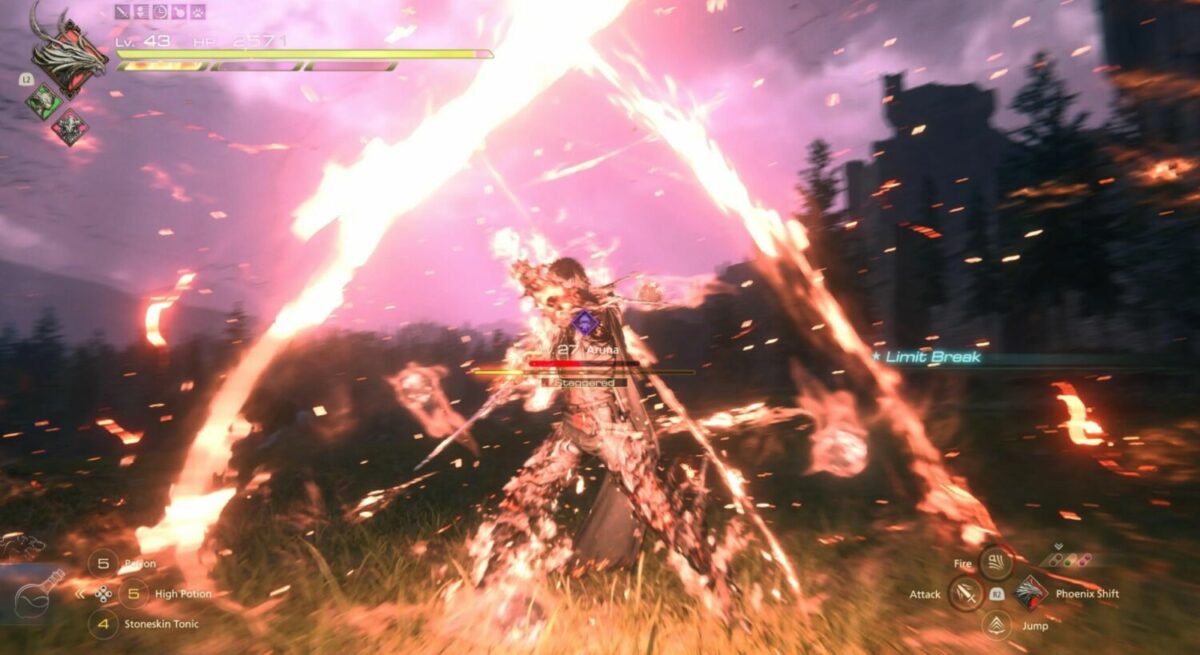
Consumables aren’t the only source of healing on the battlefield. Limit Break, the empowered state that Clive enters when his Limit Gauge is full, grants some HP recovery with every hit, and serves as a viable alternative when health is running low. The other best time to unleash it is on a Staggered opponent, allowing players to inflict more damage than usual and heal at the same time.
Those running the Phoenix build have an extra helpline in the form of Flames of Rebirth. Costing 1695 Ability Points, it damages a number of enemies around Clive and heals him at the same time. The skill can be upgraded for 2390 Ability Points, with Mastery requiring 4,250 Ability Points.
7) Keep an eye on the lighter green health bar

In Final Fantasy XVI, there are two health bars – the bright green line, and a lighter-toned one. The latter indicates the maximum healing players can restore with non-potion healing, such as through Torgal’s Cure Command, Limit Break, or the Flames of Rebirth ability, so don’t be surprised when none of those fills up the whole bar. There are only two ways to heal beyond that: use a potion, or wait for a level up.
BONUS: Ride chocobos to skip trifling combat

While combat is a core gameplay element of Final Fantasy XVI, it’s entirely possible to evade the trifling mobs and avoid fighting altogether. Sprinting works, but the best way to go about it is to ride Clive’s chocobo, obtained by completing “The White-Winged Wonder” side quest that can be easily missed out.
Apart from Notorious Marks – subjects for bounty hunts – and essential fight sequences, chocobo-riding presents an out for players traversing from one place to another without having to be constantly locked in battle. Besides, every moment spent with a chocobo is always a good moment.
For genre newcomers and longtime JRPG enthusiasts, the change to an ARPG play style may be extremely daunting and overwhelming. With new undertakings, however, come new experiences, and there’s plenty of that to go around in Final Fantasy XVI. Between its accessibility offerings, this list of tips, and practice, combat will soon grow from a difficult, trying experience to a fun, manageable task.




